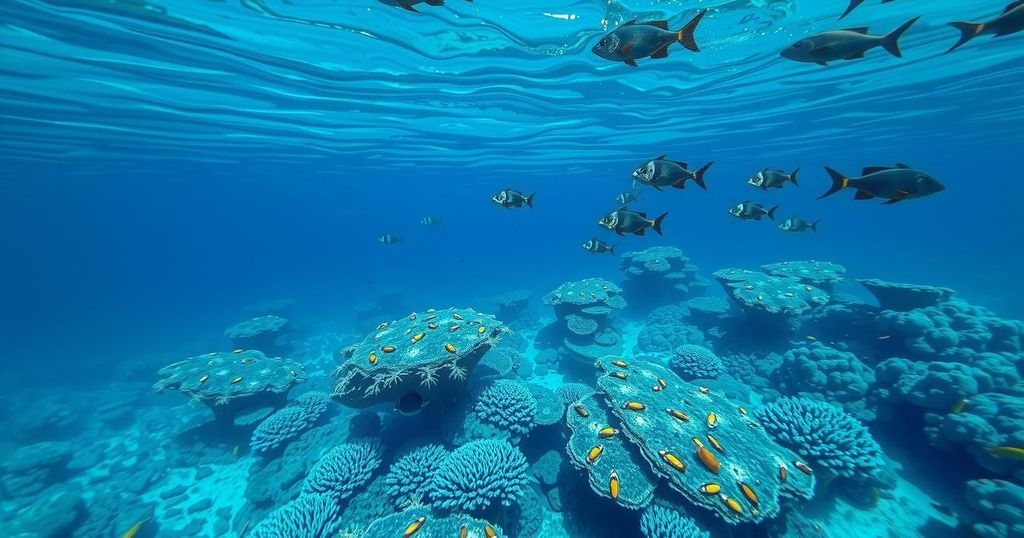Research indicates that the tropical Pacific Ocean is cooling due to human-induced global warming, contrary to climate models predicting warming. This cooling, particularly in the equatorial cold tongue, has significant implications for global weather patterns. The findings highlight the need for improved models that can accurately capture these dynamics and their broader environmental impacts.
Recent research shows that the cooling of the tropical Pacific Ocean is a direct consequence of human-induced global warming, contradicting projections from climate models that indicate warming. The equatorial cold tongue, a region that extends westward from Ecuador, has resisted warming trends, raising questions about its implications on future climate patterns. The team, led by Feng Jiang, analyzed temperature data and wind interactions to identify key changes overlooked by many climate models.
The phenomenon, known as the equatorial cold tongue, results from trade winds that pull warm surface waters away, allowing colder waters to rise. However, over the past few decades, rather than warming, this region has cooled significantly. The research conducted by Jiang and colleagues reveals that this cooling is connected to human impacts on wind patterns rather than inherent ocean variability.
By utilizing data from 1958 to the present and developing models that track ocean temperature changes, the researchers found distinct cooling trends alongside persistent warm and cool oscillations in sea surface temperatures. Their findings underscore a need for improved models that accurately represent the cooling effects tied to changes in ocean circulation driven by diminished wind patterns linked to climate change.
Significant discrepancies in climate models’ predictions call into question their reliability in forecasting global climate change. Notably, only a select group of models accurately represents this cooling phenomenon; however, they are weaker than actual observed temperatures. This inconsistency poses challenges for future climate projections, particularly impacting predictions for tropical cyclones and climate sensitivity.
Although the cooling trend may initially seem advantageous, its broader implications are concerning. Researchers indicate that this cooling trend triggers shifts that affect weather patterns globally, such as drought conditions in areas like southwestern North America and East Africa. Thus, understanding these dynamics is crucial for refining climate models and ensuring accurate future climate predictions.
The Pacific Ocean’s equatorial cold tongue has long been a focal point in studying oceanic influences on global climate. Traditionally, climate models have anticipated warming patterns in line with rising greenhouse gas emissions. However, emerging research is challenging this assumption by highlighting unexpected cooling trends in the tropical Pacific, suggesting a more complex interplay between human activity and natural climate variability. This ongoing debate holds significant implications for climate forecasting and understanding regional climate impacts. Should the cooling be attributed to anthropogenic factors, it would affirm the necessity of revisiting existing climate models to enhance their accuracy in projecting future climate scenarios. Understanding these dynamics will be vital as we confront climate change challenges.
In summary, the cooling of the tropical Pacific Ocean challenges existing climate models that predict warming in response to rising greenhouse gases. Recent research indicates that human-driven changes in wind patterns, influencing ocean circulation and mixing, are responsible for the observed cooling. These findings necessitate a reevaluation of climate projections and highlight the importance of accurate modeling to understand the intricacies of climate change and its potential global ramifications.
Original Source: physics.aps.org




